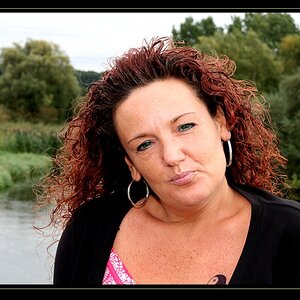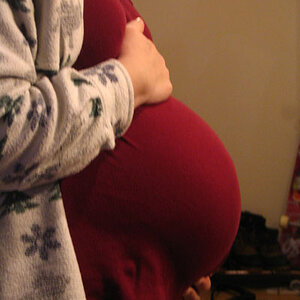JeramyJ
TPF Noob!
- Joined
- Jan 25, 2010
- Messages
- 51
- Reaction score
- 0
- Location
- Oklahoma City
- Can others edit my Photos
- Photos OK to edit
I realize the answer to this question may be very subjective. However, I am struggling between the broad array of options on the market right now. I need a good general photo editing tool. I shoot in both JPEG and RAW. More Jpeg than raw really. I have used Picaso, Gimp, and have just recently installed Lightroom 3 Beta.
I would like a tool that does just about everything. I am not as concerned about file management as I am about the actual processing. I am seriously debating between Elements (Whatever Number is now available), and Photoshop CS4. I assume the CS4 will be way above my head in the ease of use department. Although, I have no real experience in that area. Any insight here?
I would like a tool that does just about everything. I am not as concerned about file management as I am about the actual processing. I am seriously debating between Elements (Whatever Number is now available), and Photoshop CS4. I assume the CS4 will be way above my head in the ease of use department. Although, I have no real experience in that area. Any insight here?


 Thanks.
Thanks.






![[No title]](/data/xfmg/thumbnail/42/42034-6262420ff3ea238f05395bbcc7ae1f28.jpg?1619739985)


![[No title]](/data/xfmg/thumbnail/37/37656-96c70ee246b815f10e703ff6cd8acdc0.jpg?1619738172)
